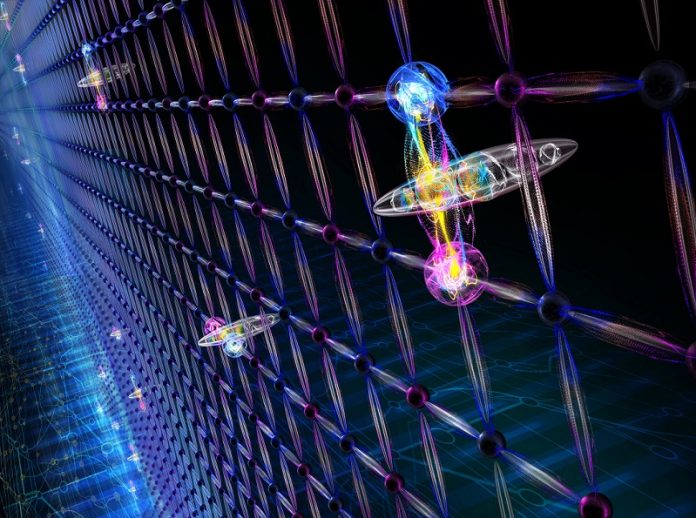
Scientists have taken a big step toward understanding the tiny particles and forces that make up everything in the universe.
A team from the University of Innsbruck in Austria and the Institute for Quantum Computing in Canada has found a new way to use quantum computers to simulate particle interactions, and it could change how we explore the universe.
At the heart of their work is something called the Standard Model of particle physics.
This model explains how particles like electrons and their opposites, positrons, behave.
It also shows how they interact with forces, such as the electromagnetic force that holds charged particles together. But figuring out how these particles and forces behave isn’t easy.
The calculations are incredibly complex—even the world’s most powerful supercomputers struggle with them. Traditional quantum computers also face big challenges here.
This new breakthrough came from using a different kind of quantum computer that doesn’t just use bits (zeros and ones), or even qubits (quantum bits), but instead uses qudits.
Qudits can store more than two values—up to five in this experiment—making them better suited for handling the complicated math involved in particle physics.
The Innsbruck team built a qudit-based quantum computer, and the Waterloo team created an algorithm to simulate how fundamental particles interact.
Together, they were able to simulate a full quantum field theory in two dimensions—a big improvement over earlier experiments that could only simulate particles moving in a straight line.
Lead author Michael Meth explains that this new approach offers a more natural and efficient way to represent quantum fields, making the simulations much more powerful. The team was even able to see magnetic fields forming between particles, something that wasn’t possible in previous one-dimensional experiments.
This success shows that quantum computers can now handle more complex simulations, and it opens the door to even more discoveries.
With just a few more qudits, researchers believe they can simulate three-dimensional particle behavior and even explore the strong nuclear force—the powerful force that holds atoms together and still puzzles scientists today.
“This is just the beginning,” says physicist Martin Ringbauer. “Quantum computers have amazing potential to help us answer some of the biggest questions in physics.”



